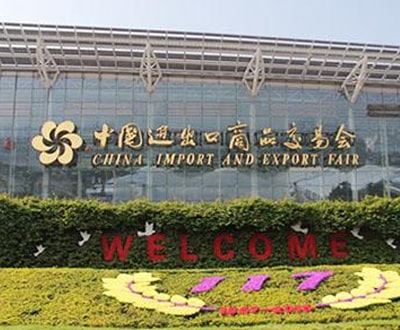The Science Behind Efficient Dry Fruits Packaging
The preservation of dry fruits has been an integral part of food preservation practices for centuries. Efficient packaging plays a crucial role in maintaining the quality, freshness, and nutritional value of these delectable treats. This article explores the scientific principles that underpin the design and optimization of dry fruits packaging, examining the factors that impact preservation and ensuring the utmost quality for consumers.
Moisture Control: Preventing Spoilage and Preserving Texture
Moisture is the primary enemy of dry fruits, as it promotes microbial growth and deterioration. Effective packaging must create a moisture barrier to prevent the ingress of external moisture. This can be achieved through the use of moisture-proof materials such as aluminum foil, plastic films, or glass jars. Additionally, desiccants can be employed to absorb any residual moisture within the packaging, further reducing the risk of spoilage.
Oxygen Barrier: Slowing Oxidation and Preserving Flavor
Oxygen is another culprit responsible for the degradation of dry fruits. It can lead to oxidation reactions that result in the loss of flavor, color, and nutritional value. Oxygen barriers in packaging materials are essential to minimize the exposure of dry fruits to oxygen. These barriers can be composed of metallized films, oxygen absorbers, or vacuum-sealed containers. They prevent the ingress of oxygen, thereby slowing down the oxidation process and preserving the integrity of the product.
Light Protection: Preserving Color and Nutritional Value
Light can also adversely affect the quality of dry fruits. Exposure to light can cause discoloration, loss of vitamins, and degradation of flavor compounds. To address this issue, packaging materials must incorporate light barriers. Dark-colored or opaque packaging, such as amber-colored glass jars or foil-lined bags, can effectively block out light and protect the contents from damage.
Temperature Control: Maintaining Optimal Storage Conditions
Temperature is a critical factor in the shelf life of dry fruits. Excessive heat can accelerate spoilage and enzymatic reactions, while freezing can damage the delicate fruit tissues. Packaging can play a role in temperature control by providing insulation and protecting the contents from temperature fluctuations. Insulated boxes or thermal packaging materials can help maintain the optimal storage temperature for dry fruits, ensuring their freshness and longevity.
Packaging Design Optimization: Enhancing Convenience and Shelf Appeal
In addition to the scientific principles mentioned above, packaging design also plays a significant role in the preservation and marketing of dry fruits. Convenient packaging formats, such as resealable bags or portion-controlled packs, enhance the ease of storage and consumption. Aesthetically pleasing packaging designs increase shelf appeal and attract consumers. The use of transparent packaging materials allows consumers to view the product before purchase, building trust and confidence in the brand.
Conclusion
The science behind efficient dry fruits packaging is a multidisciplinary field that encompasses chemistry, physics, and materials science. Understanding and applying these scientific principles ensure the preservation of the quality, freshness, and nutritional value of dry fruits. Moisture control, oxygen barriers, light protection, temperature control, and packaging design optimization are all essential aspects of effective dry fruits packaging. By leveraging these scientific advancements, manufacturers can deliver superior products that delight consumers and contribute to a healthier and more sustainable food system.
-
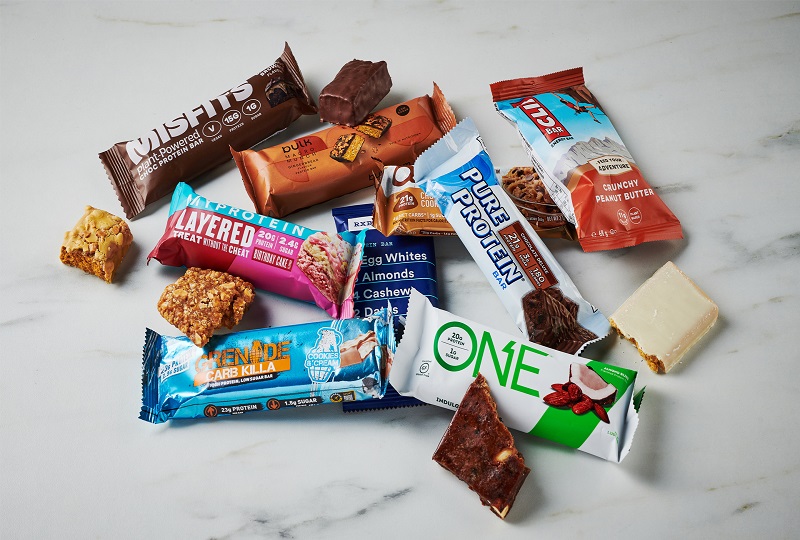 01
01Further Discussion About Protein Bar Packing Machinery
27-02-2024 -
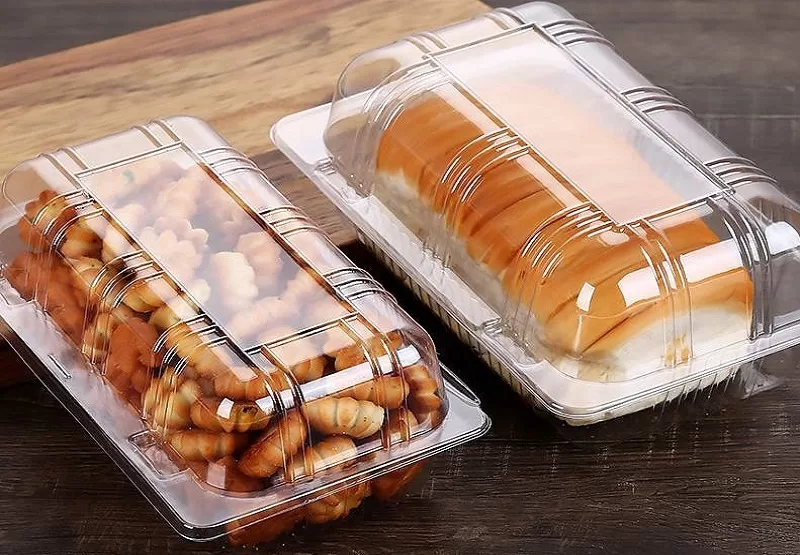 02
02Sustain The Best Crispy With Automatic Packaging Machines
29-01-2024 -
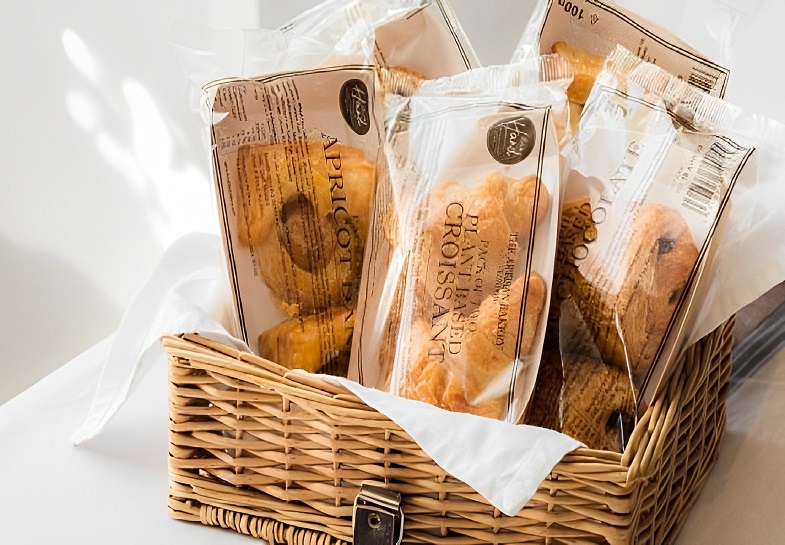 03
03Bread Packing Machine For Bakery Business
19-01-2024 -
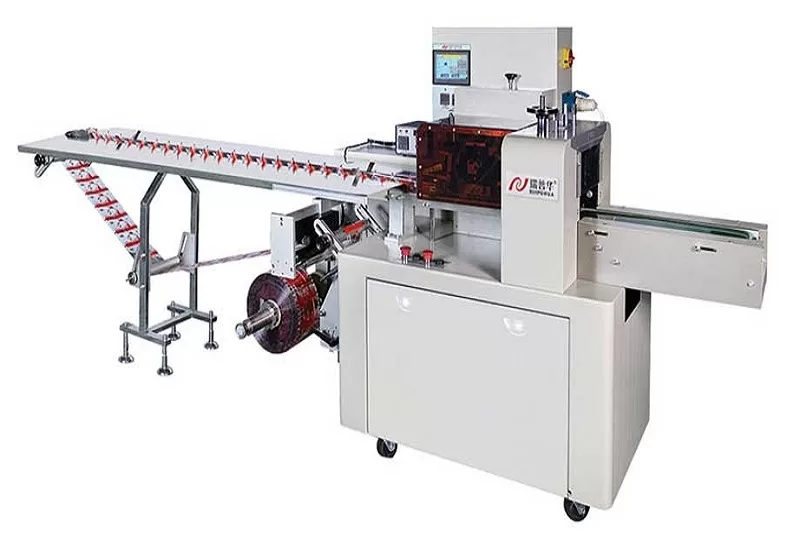 04
04How Flow Wrappers Are Adapting to Changing Trends
01-11-2023 -
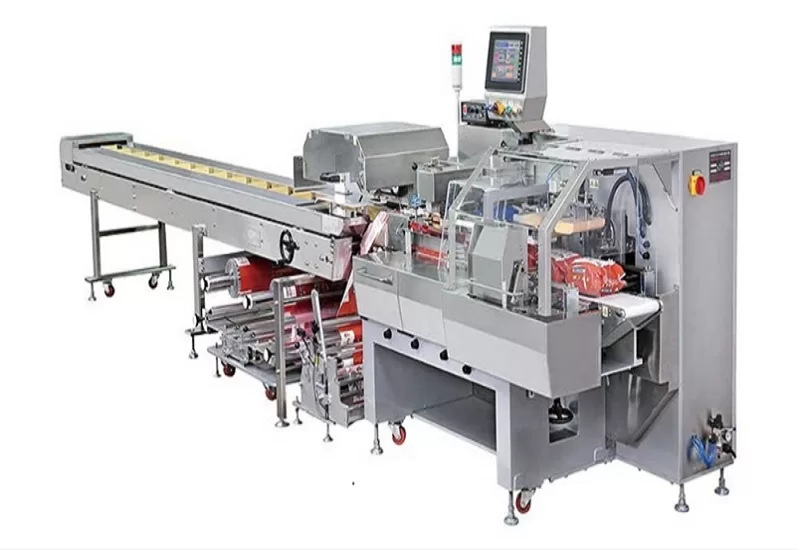 05
05The Comprehensive Guide to Packaging Machinery
31-10-2023 -
 06
06Automatic Cookie Packaging System Performance
01-09-2023 -
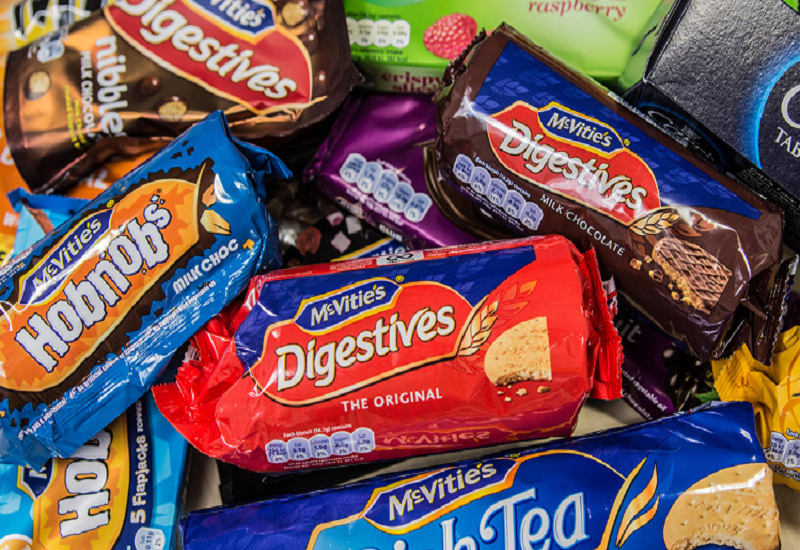 07
07Streamlining Biscuit Packaging with Multipack Biscuit Packaging Machines
25-08-2023 -
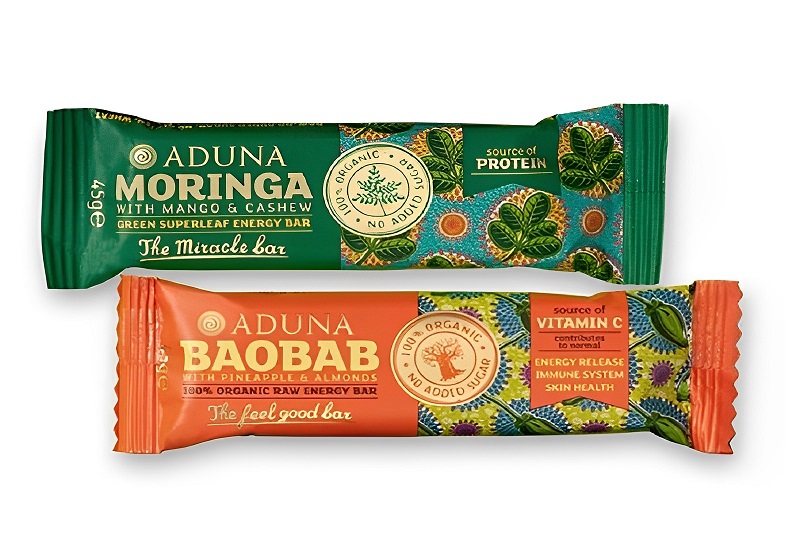 08
08From Assembly To Shipping: The Energy Bar Packaging Machine Does All
28-02-2023 -
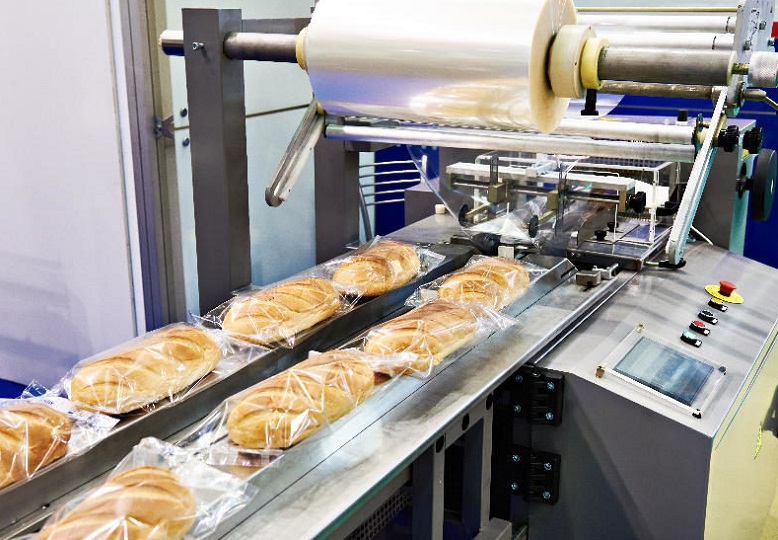 09
09Maximizing Efficiency With Food Packaging Machine Technology
22-02-2023 -
 10
10Clients Hunt For Professional And Functional Packaging Machine
10-11-2022




